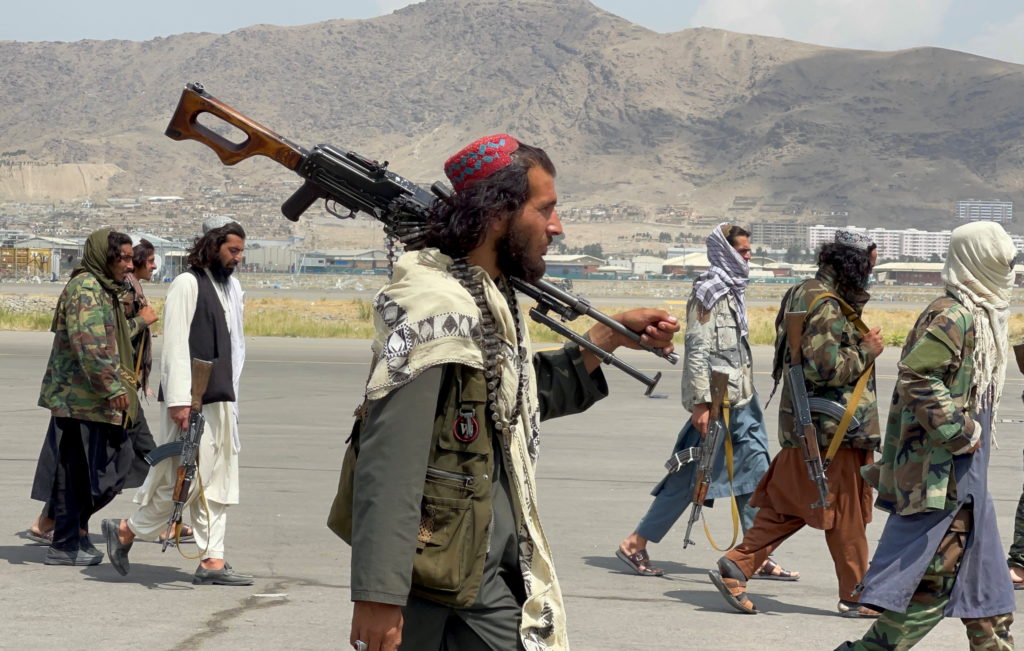
As of 2025, the Taliban’s military strength remains significant, primarily due to its control over Afghanistan and the continuation of its efforts to consolidate power, maintain security, and manage internal challenges. After the U.S. withdrawal in 2021, the Taliban quickly took control of the country, and since then, it has focused on expanding its military capabilities, securing borders, and addressing internal and external threats. Here’s an overview of key aspects of the Taliban’s military strength in 2025:
1. Personnel and Organization
- Size of Forces: The Taliban’s military strength in terms of personnel is estimated to be in the tens of thousands, although exact figures are difficult to determine. The force includes regular fighters, special units, intelligence operatives, and local militias that form part of their defense and enforcement apparatus.
- Leadership and Command Structure: The Taliban’s leadership, notably led by the supreme leader Hibatullah Akhundzada, maintains a hierarchical command structure. Its military leadership is focused on regional commanders, special forces, and ideological cells that work to uphold the group’s interpretation of Sharia law.
2. Training and Tactics
- Guerrilla Warfare and Asymmetric Tactics: The Taliban is highly skilled in guerrilla warfare, having fought for decades against the Soviet Union and, more recently, U.S. and NATO forces. Their tactics involve ambushes, IED (Improvised Explosive Device) attacks, and hit-and-run operations.
- Counterinsurgency and Urban Warfare: Though they are experienced in rural, mountainous regions, the Taliban has been improving its capabilities in urban warfare, especially with the need to maintain control over cities like Kabul.
3. Weapons and Equipment
- Small Arms and Light Weapons: The Taliban continues to use a range of small arms, including AK-47s, PKM machine guns, and RPGs (rocket-propelled grenades). They also utilize Soviet-era weapons and some equipment captured from previous Afghan National Security Forces (ANSF) arsenals.
- Air Assets: One of the key challenges for the Taliban has been the limited access to air assets. After the fall of the previous Afghan government, the Taliban inherited some helicopters and planes, though many are not operational. In 2025, their air power is relatively rudimentary, but they have made efforts to maintain and repair captured equipment.
- Drones: The Taliban has increasingly used drones, including commercially available models, for reconnaissance and surveillance, and in some cases, for attacks.
4. Control of Territory
- The Taliban controls almost all of Afghanistan’s territory. This territorial control allows them to maintain a strong defensive posture and mobilize forces across the country. Their ability to move fighters and resources within their territory helps them retain power despite occasional resistance from local militias or ISIS-Khorasan (ISIS-K).
5. Intelligence and Security Forces
- Intelligence Operations: The Taliban’s intelligence apparatus, known as the Amniyat, plays a critical role in maintaining control. They monitor civilians and suspected dissidents, and have taken steps to eliminate opposition and suppress groups that challenge their authority.
- Special Forces: The Taliban has developed an elite unit known as the Badri 313 brigade, which is trained in special operations and high-profile raids.
6. External Relations and Support
- Pakistan and Other Regional Players: While the Taliban’s relationship with Pakistan has been complicated, the Pakistani government is widely believed to provide some level of support, particularly in the areas of logistics and intelligence. Iran, Russia, and China also have varying degrees of diplomatic relations with the Taliban, largely for geopolitical reasons.
- Other Insurgent Groups: The Taliban has to contend with other insurgent groups, including ISIS-K, which is active in Afghanistan, and ethnic or political militias that resist Taliban rule, which might require additional military resources.
7. Challenges and Limitations
- Internal Challenges: The Taliban faces ongoing challenges from within, including governance difficulties, resistance from former Afghan military elements, and attacks from the Islamic State Khorasan (ISIS-K), which poses a significant threat.
- Sanctions and Economic Pressures: International sanctions and Afghanistan’s economic crisis put additional pressure on the Taliban, making it harder to procure advanced weapons and sustain a fully equipped military.
Conclusion
In 2025, the Taliban remains a formidable military force in Afghanistan, largely due to its vast network of fighters, military experience, and control over territory. While it lacks the advanced military hardware and external support that some state actors possess, the group’s ability to operate in an asymmetric warfare environment and its deep knowledge of the local terrain and population make it a potent force in the region. However, the Taliban’s continued consolidation of power will be challenged by both internal issues and external pressures, particularly from groups like ISIS-K and potential international interventions.